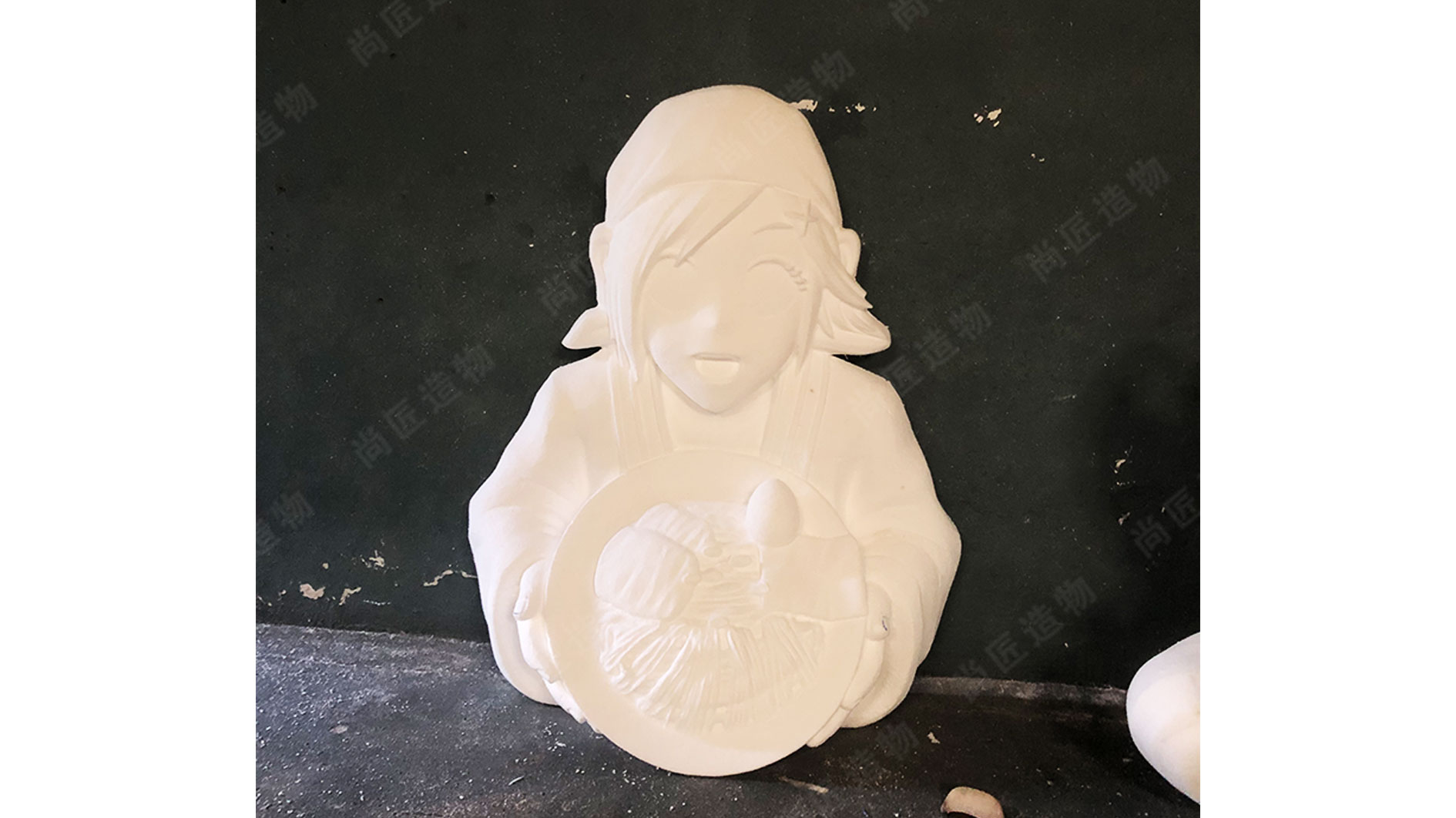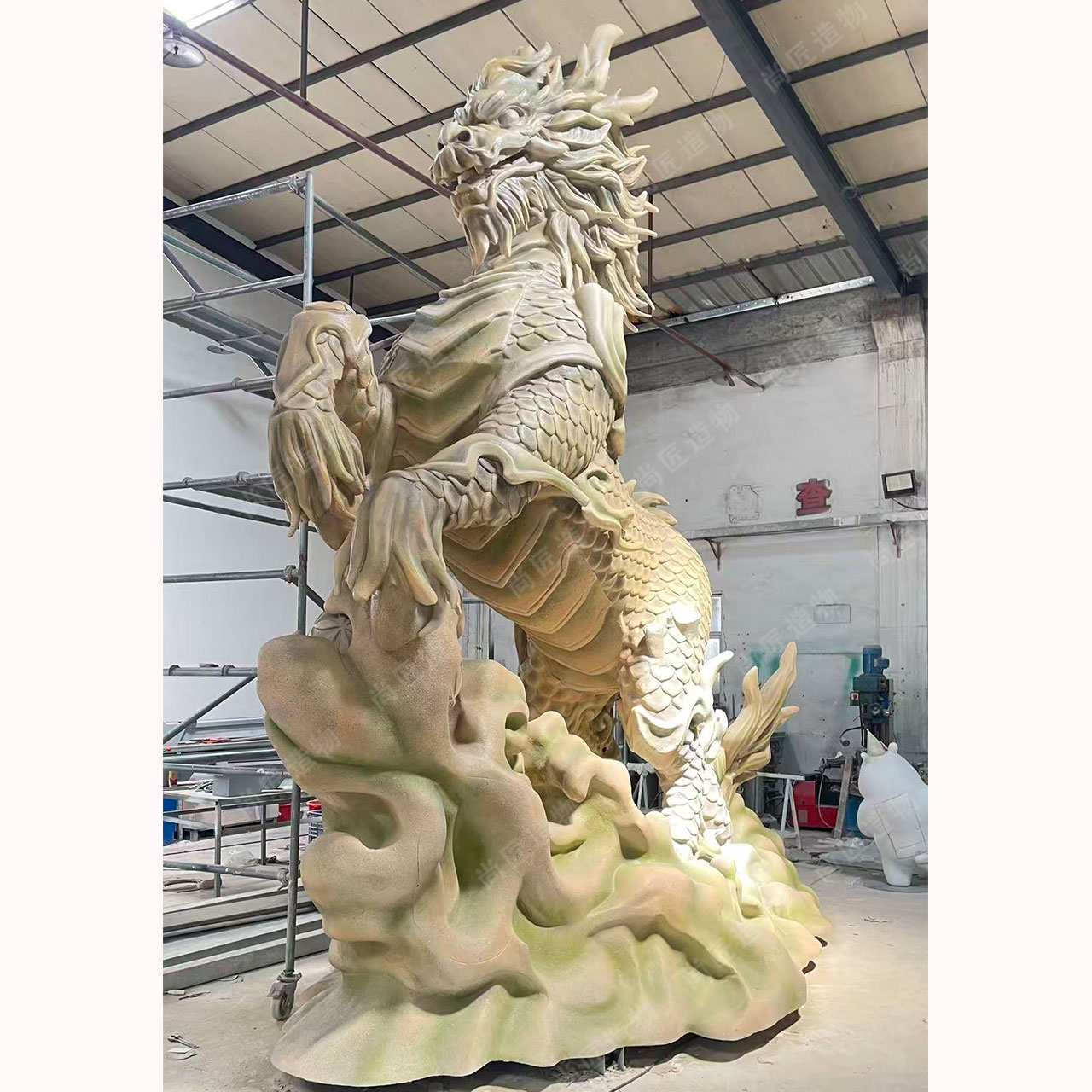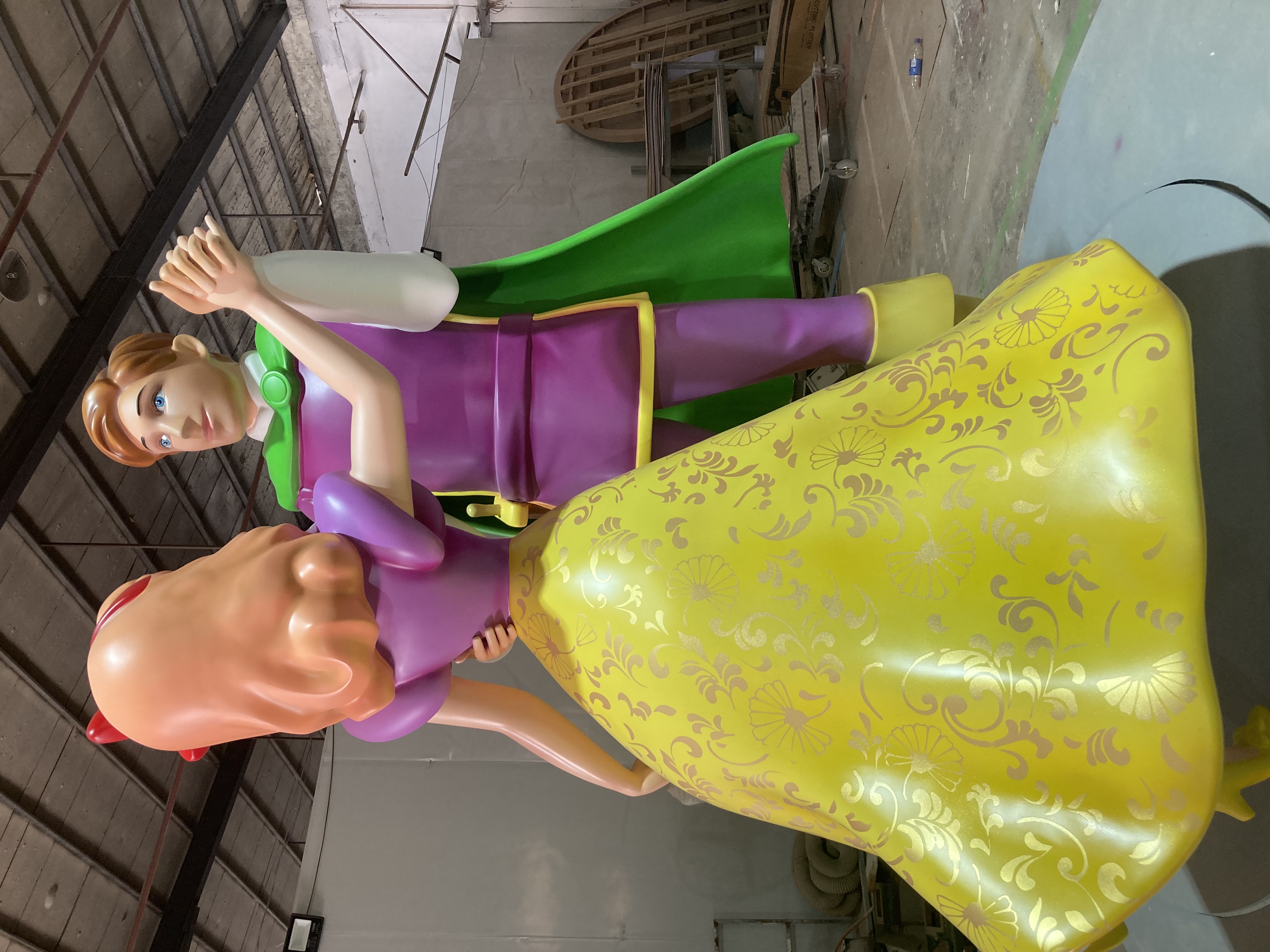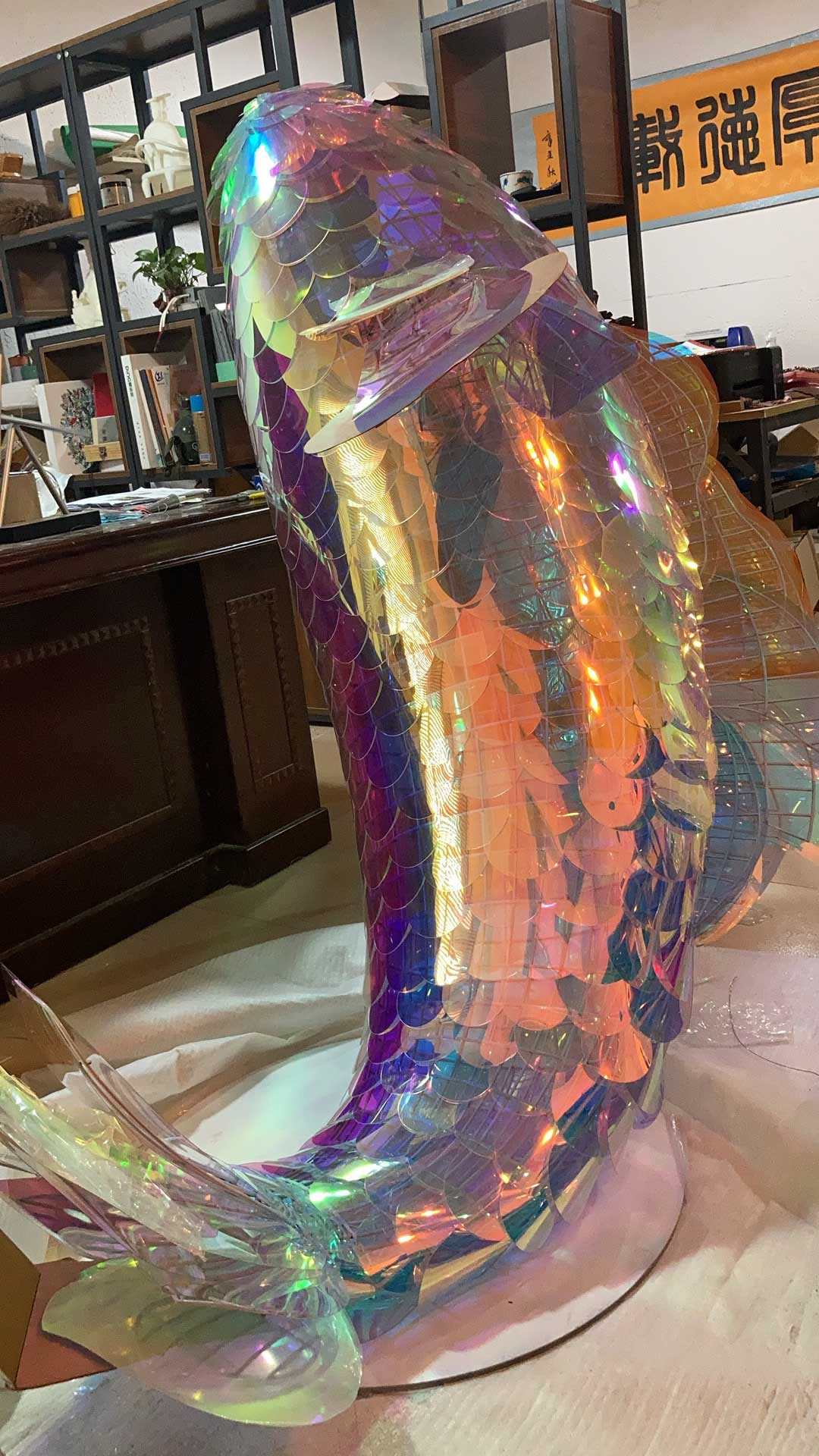Understanding the craftsmanship behind fiberglass and stainless steel sculptures highlights key distinctions in technique and artistry. Fiberglass sculptures allow for greater design flexibility due to their lightweight and molding capabilities. Artists can incorporate vibrant colors and intricate details, enhancing the overall aesthetics of their creations. Conversely, stainless steel sculptures require a focus on precision and durability, as artisans must master techniques such as welding to achieve accurate shapes. Each material offers unique advantages that influence the creative process and final outcome, paving the way for diverse artistic expressions in modern sculpture-making. By considering these differences, one can truly appreciate the skill involved in both mediums.
Understanding the Process of Creating Fiberglass Sculptures
Creating fiberglass sculptures involves a series of meticulous steps that demand attention to detail and technical skill. First, artists start with a solid base, often made from materials like foam or clay, to establish the shape of the sculpture. Once the form is complete, they create a mold using silicone or plaster. This mold will be essential for forming the fiberglass layer.
After preparing the mold, artists mix fiberglass resin and hardeners, applying it in layers along with fiberglass cloth for added strength. The process requires precision—each layer must cure properly before adding the next to ensure durability and a seamless finish.
"Taking time with each layer is key; it creates not just strength but also depth in your sculpture."
To finish, thorough surface preparation is crucial. Cleaning any residues and lightly scraping pre-primed surfaces will help achieve optimal adhesion for paint or additional finishes.
| Step | Description |
|---|---|
| Base Creation | Forming the initial shape using foam or clay |
| Mold Creation | Using silicone or plaster to make an accurate mold |
| Resin Application | Layering fiberglass cloth with resin |
| Surface Prep | Cleaning and preparing for painting |
This structured approach results in stunning fiberglass art pieces capable of captivating audiences and showcasing artistic vision.
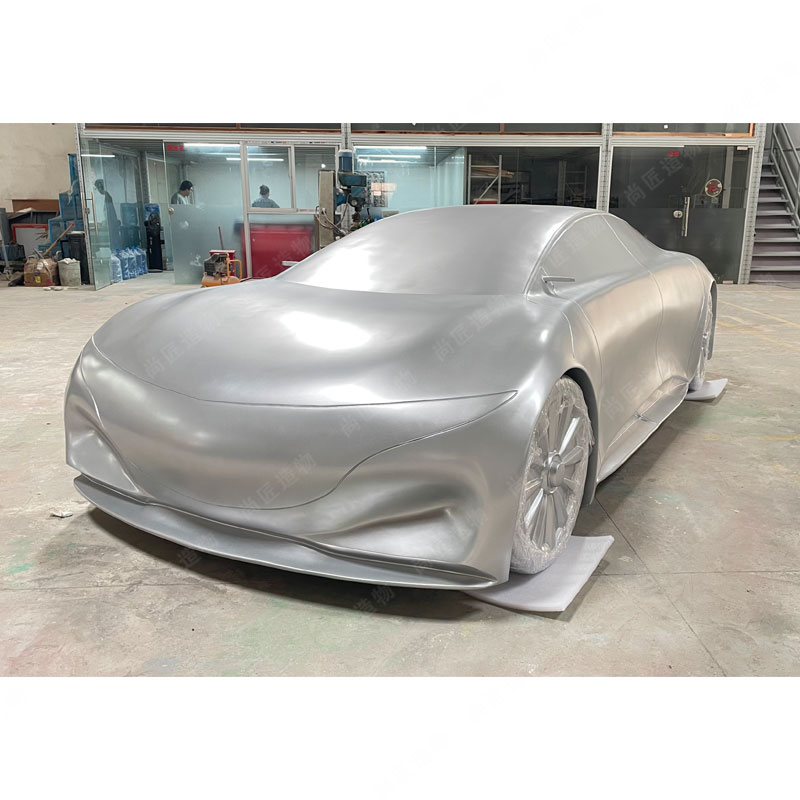
Innovative Techniques in Fiberglass Sculpture Craftsmanship
Creating fiberglass sculptures involves a variety of innovative techniques that enhance both durability and aesthetic appeal. Artists often start with a core structure made of foam or a lightweight material to shape the form. Once the base is set, they apply layers of fiberglass cloth saturated with resin, allowing for flexibility in design and detail. This layering technique not only strengthens the sculpture but also offers a unique texture. Additionally, artists employ vacuum bagging to eliminate air pockets, ensuring a smooth finish and structural integrity. Advanced methods like using chopper guns for spraying fiberglass allow for quick and efficient application, greatly reducing labor time while maintaining quality. For those interested in exploring more about realistic sculpture techniques, check out Realistic sculpture. This combination of traditional skills and modern technology helps artists push the boundaries of what is possible in fiberglass sculpture craftsmanship.
Key Materials Behind Vibrant Fiberglass Sculptures
Fiberglass sculptures are notable for their durability and striking appearance, made possible through a range of specialized materials. The foundation of any fiberglass piece begins with fiberglass cloth or mat, which provides strength and flexibility. This is often combined with polyester or epoxy resin that serves as a bonding agent, ensuring that the fibers stay intact and retain their shape. Catalysts or hardeners play a crucial role as well; they initiate the curing process that solidifies the resin.
To create intricate designs, sculptors sometimes incorporate silicone rubber for mold-making, which allows for precise shapes and fine details. Mold release agents are essential here to facilitate easy removal of the final sculpture from the mold. Additionally, maintaining a clean workspace is critical to avoid contamination; using isopropyl alcohol can effectively remove any residues before applying resin. Each layer added contributes to both the sculpture's vibrancy and its longevity, making these materials indispensable in the artistry of fiberglass creations while standing in contrast to traditional materials in sculpture making like metal or stone.
The Art of Precision in Stainless Steel Sculpture Making
Creating stainless steel sculptures requires a keen eye for detail and an unwavering commitment to precision. The process begins with careful planning and prototyping, often using models made from various materials to visualize the final piece. Once the design is finalized, artisans must shape and mold the steel with high accuracy, using advanced tools and techniques such as welding and grinding. Every weld must be secure to ensure structural integrity, while polished finishes enhance the visual appeal. Unlike fiberglass sculptures, which may allow for more flexibility in form due to their molding processes, stainless steel demands exactness in every curve and angle. Achieving this level of precision not only ensures durability but also captures the essence of the artist's vision, making each piece a unique statement in its own right. For inspiration and insights into various sculptural styles, check out this Cartoon sculpture.
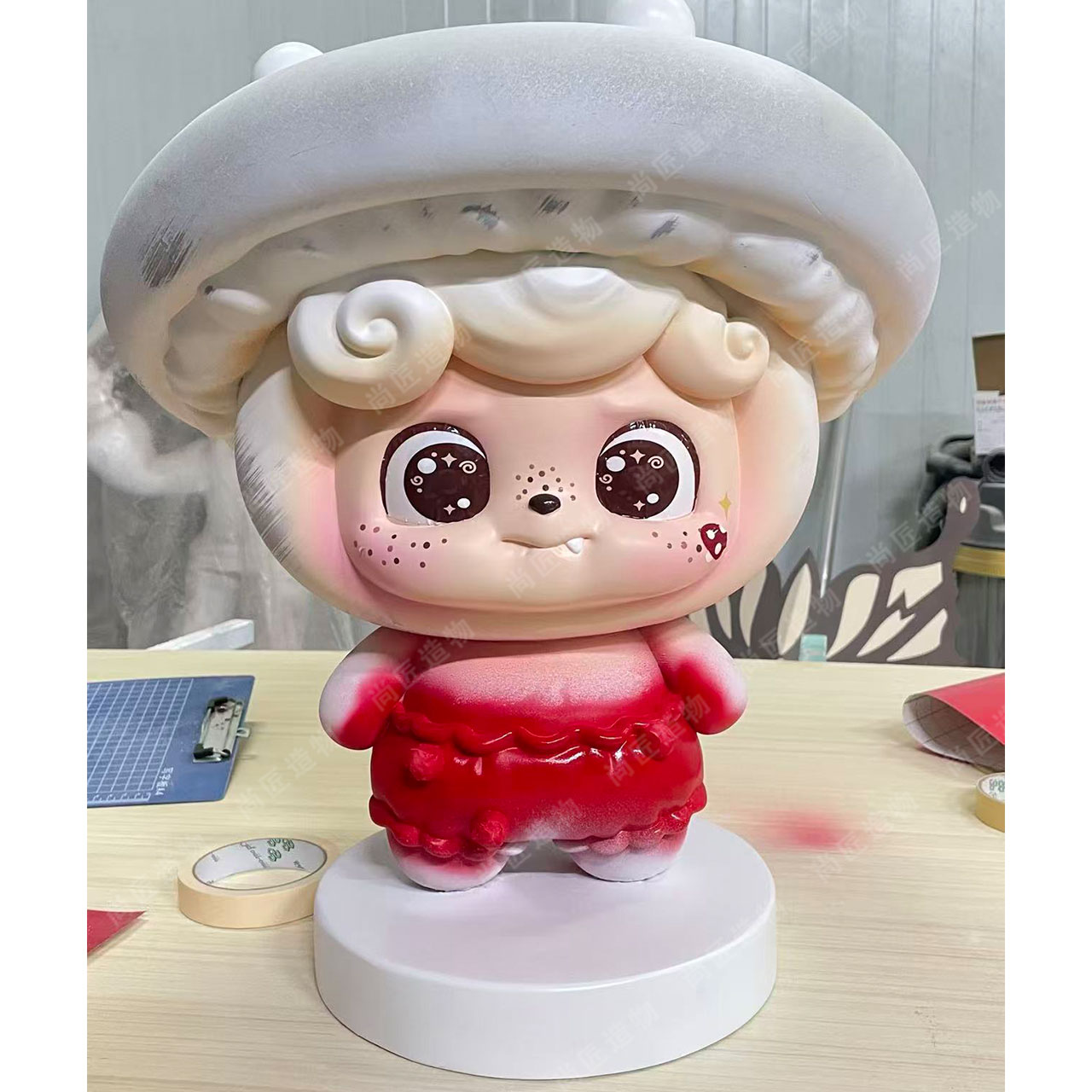
Exploring the Unique Attributes of Fiberglass vs. Steel Sculptures
Fiberglass sculptures and stainless steel sculptures each have distinct characteristics that influence their creation and impact. Fiberglass is lightweight, making it easier to handle and transport, which is an advantage for larger installations. Its versatility allows artists to create intricate shapes and textures that might be challenging to achieve with steel. On the other hand, stainless steel offers a durability that can withstand harsh weather conditions, making it ideal for outdoor displays. The reflective quality of steel creates stunning visual effects as it interacts with light, adding a dynamic element to the artwork. While fiberglass can be molded into complex forms with precision, steel requires advanced techniques like welding and polishing for finishing touches. Both materials offer unique opportunities for creativity, allowing artists to choose based on their vision and environmental considerations. For further details on ](https://en.artmovr.com/)fiberglasssculpture[], exploring these differences is essential for appreciating the artistry involved in each medium.
Crafting Stunning Sculptures: A Deep Dive into Materials and Techniques
The craftsmanship behind fiberglass and stainless steel sculptures combines artistry with technical skill. Fiberglass sculptures, in particular, employ a range of materials and techniques that make them unique. Skilled artisans often start by creating a detailed model of their design using clay or foam. This model serves as the basis for mold making, which can be done using silicone rubber or plaster.
To achieve the vibrant color and durability desired in fiberglass sculptures, artists use high-quality fiberglass cloth or mat alongside polyester or epoxy resin. The blend of materials contributes to the lightweight nature of fiberglass compared to heavier metals like stainless steel. Additionally, precision is crucial during the layering process; careful application ensures a smooth finish while maintaining structural integrity.
Artists must also focus on surface preparation before painting, since any residue can affect adhesion. Tools such as brushes are vital for ensuring that the resin penetrates every aspect of the mold, creating stunning artworks that not only capture attention but can also withstand the test of time. For more about this craft, especially in contexts like Stainless steel sculpture, one can explore how techniques vary between materials while achieving similar aesthetic goals.

From Concept to Canvas: The Journey of Fiberglass Artistry
Creating a fiberglass sculpture begins with a clear concept. Artists often start with sketches to visualize their ideas, which helps in planning the structure and dimensions. Once the design is finalized, the artist crafts a model using materials like clay or foam. This model serves as a reference for mold making. Artists typically use silicone rubber or plaster to create precise molds that capture all intricate details of the model. After molding, fiberglass cloth or mat is applied along with resin, which gives the sculpture strength and durability. It is vital to ensure all surfaces are clean and free from any debris during this process to maintain good adhesion. The meticulous nature of this process highlights not only the technical skills required but also the artistry involved in translating an idea from mere sketches into tangible forms that can captivate observers.
Mastering the Skills: Craftsmanship in Stainless Steel vs. Fiberglass
When comparing the craftsmanship in stainless steel and fiberglass sculptures, several key differences emerge. Steel requires advanced techniques such as welding and metalworking, pushing artists to master heavy machinery and complex fabrication processes. The durability of steel allows for intricate designs and details that can stand the test of time, although working with it can be physically demanding. On the other hand, fiberglass sculpting is more accessible, utilizing a layering process with resin and fiberglass cloth that allows for more fluid shapes and textures. Artists in this medium often focus on the intricate application of materials and finishes to achieve vibrant colors and smooth surfaces. While both materials require skill, the distinctive characteristics of each shape how artists approach their work, leading to a rich variety of styles in modern sculpture.
Conclusion
The world of sculpture is a testament to the creativity and skill of artists who navigate between different materials like fiberglass and stainless steel. Each medium presents its unique challenges and opportunities, shaping the way artists conceptualize their work. Fiberglass sculptures, with their lightness and flexibility, allow for intricate detailing and vibrant colors, making them ideal for imaginative forms. In contrast, stainless steel demands precision and robustness, leading to striking pieces that endure through time and elements. Understanding these differences enriches our appreciation of the artistry involved in sculpture-making. Whether through innovative techniques or careful material choices, each artist leaves a distinct mark on their creations, contributing to the evolving landscape of contemporary art.
FAQs
What is the difference between fiberglass and stainless steel sculptures?
Fiberglass sculptures are lightweight and allow for intricate designs, while stainless steel sculptures are durable and offer a reflective finish.
How are molds made for fiberglass sculptures?
Molds for fiberglass sculptures are typically created using silicone rubber or plaster, capturing the details of the initial model.
What materials are used in fiberglass sculpture making?
Essential materials include fiberglass cloth or mat, polyester or epoxy resin, and hardeners that help solidify the structure.
Is it possible to paint fiberglass sculptures?
Yes, painting is common. Proper surface preparation is crucial to ensure good adhesion of paint to the fiberglass surface.
How does precision affect stainless steel sculpture creation?
Precision in stainless steel work is vital since every weld and cut impacts the sculpture's structural integrity and aesthetic appeal.
 ch
ch English
English

